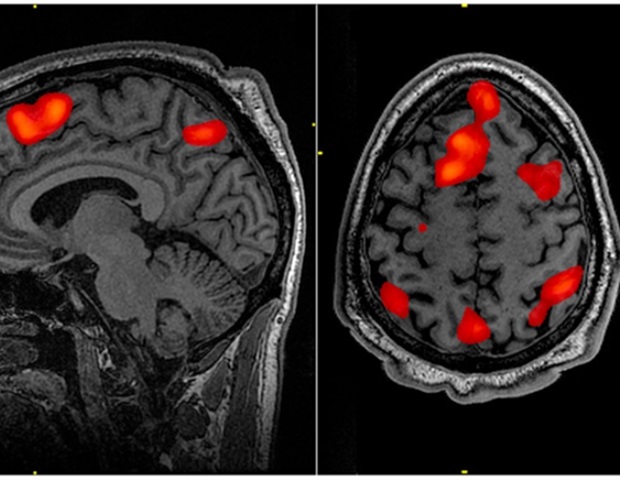Pertussis, also known as whooping cough, cases were lower than usual during the pandemic. But with the return to normalcy comes a spike in whooping cough cases. The United States this year has had the highest number of whooping cough cases since 2014, with rates five times higher than last year, according to the Centers for Disease Control and Prevention’s new report released Friday.
When asked why cases are on the rise more than ever, Anthony Flores, a professor of pediatric infectious diseases and director of the Division of Pediatric Infectious Diseases at Monroe Carell Jr. Children’s Hospital at Vanderbilt, said there isn’t a clear understanding yet of any particular reason why cases are rising. “We know our vaccines, which have really done a lot of work for us over the past decades, aren’t quite as effective as they used to be,” Flores explained.
“And the reasons for that, we’re not quite sure.” The symptoms of whooping cough may look similar to the common cold, the key difference being the onset of rapid, violent and uncontrolled coughing fits — usually giving off a “whoop” sound, which gives the illness its name — known as paroxysms. These paroxysms usually last one to six weeks but can last as long as 10 weeks in severe cases.
They can also cause vomiting during or after the coughing fits, lethargy, difficulty sleeping due to struggling to breathe, and even the possibility of breaking a rib. Whooping cough is highly contagious and can affect .


















